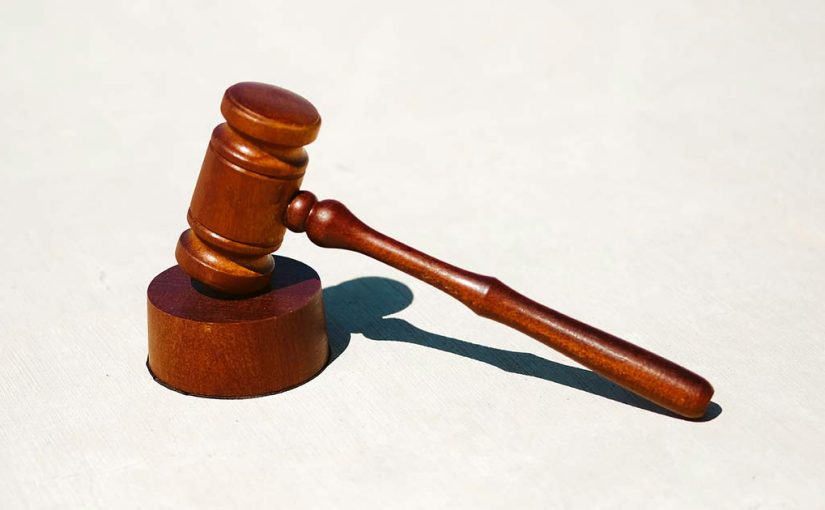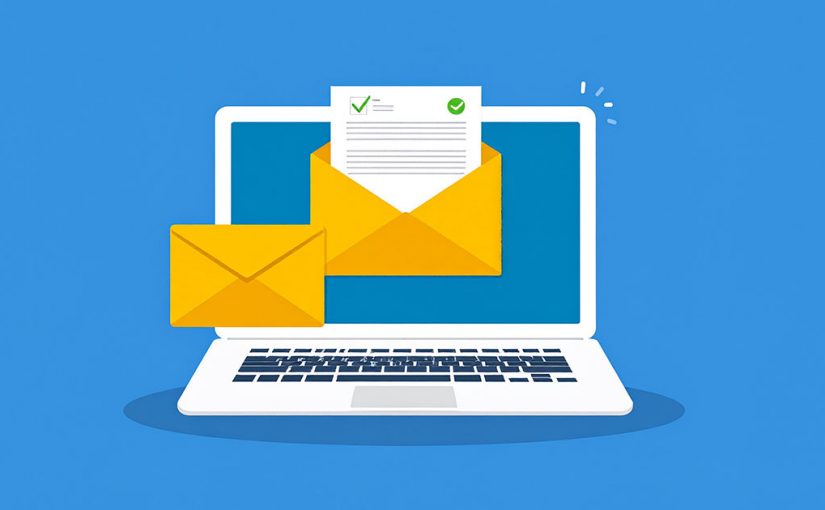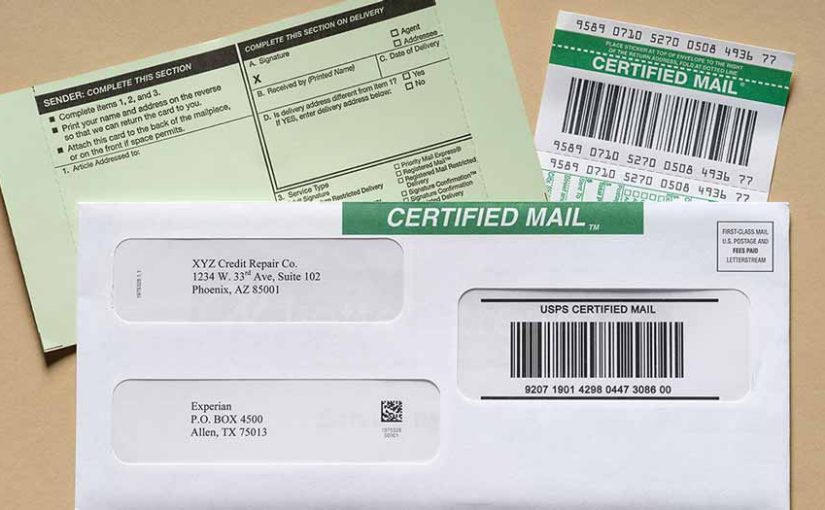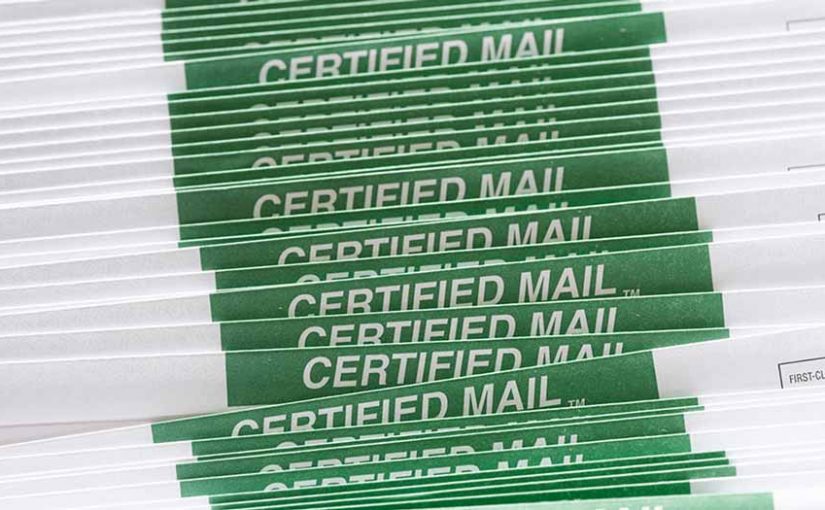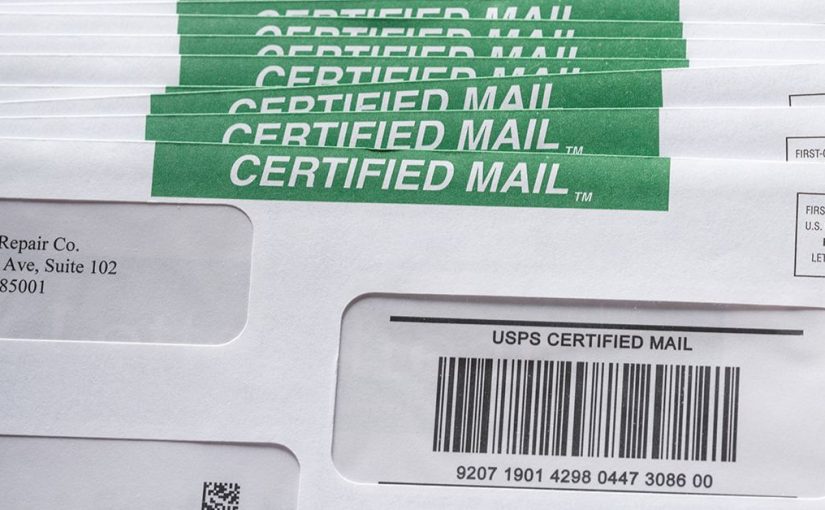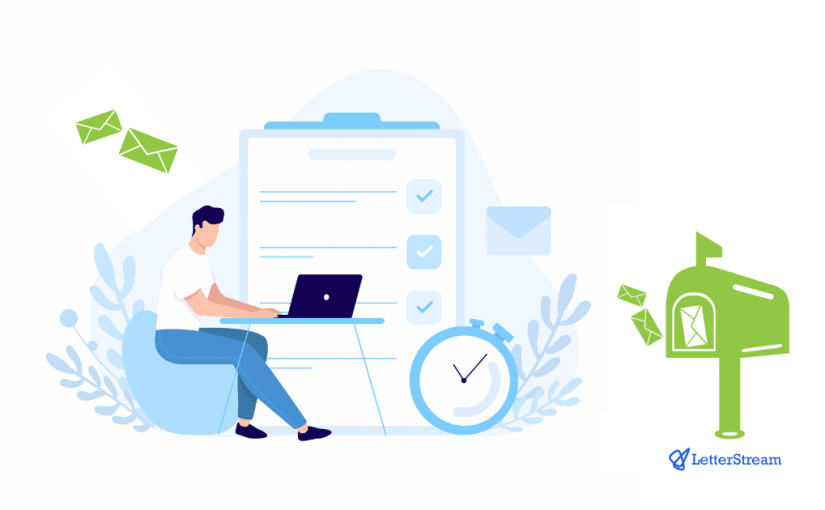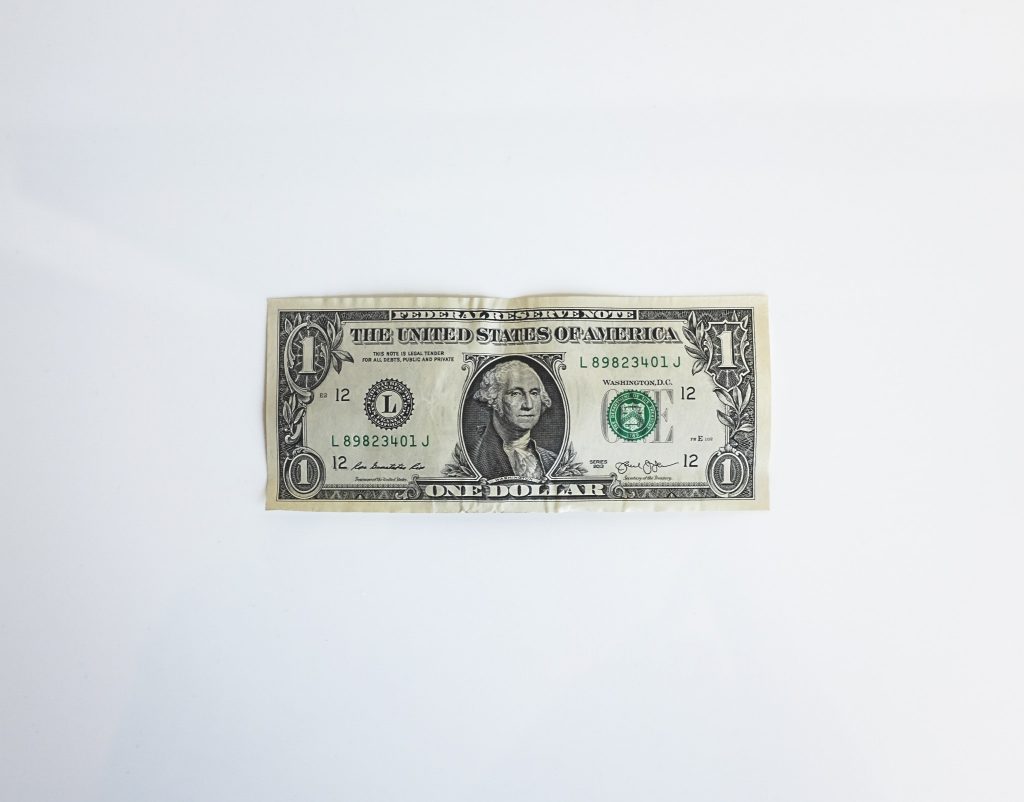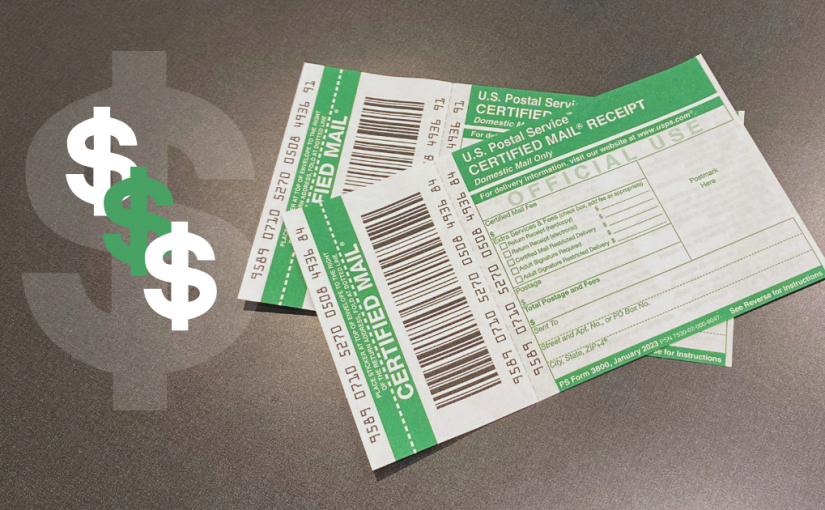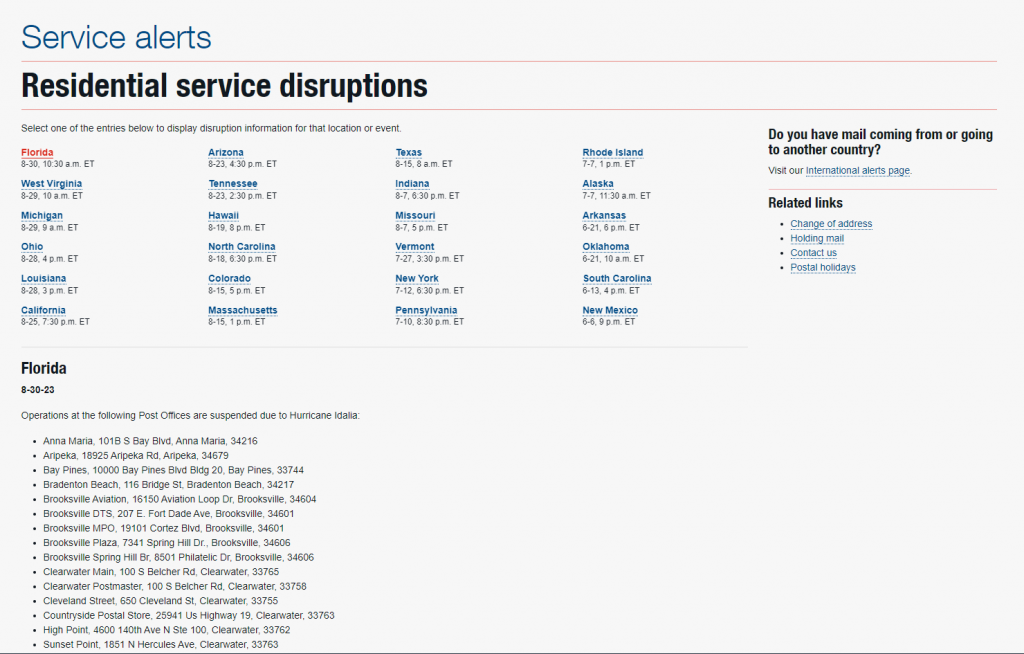Legal teams can easily send Certified Mail online.
If there’s one thing legal teams, healthcare administrators, and financial institutions can agree on, it’s this: compliance is non-negotiable.
And while the world has gone increasingly digital, there’s a reason physical mail still shows up in the most regulated industries. Sometimes, sending a letter isn’t just a formality—it’s a legal requirement.
But not all physical mail processes are created equal. If your current system involves manually printing, stuffing, and mailing important documents from the back office, you might be introducing more risk than protection.
Here’s how a modern print and mail service can help your business use physical mail not just to check boxes, but to prove compliance at every turn.
Physical Mail and Compliance: Why It Still Matters
Let’s talk accountability. In many industries, proof of delivery isn’t optional—it’s essential. That’s especially true when you’re:
- Sending client notifications about policy changes
- Delivering privacy updates under HIPAA (Health Insurance Portability and Accountability Act)
- Mailing court documents, notices of action, or time-sensitive appeals
- Issuing audit letters or collection notifications
Digital delivery has its place, sure—but email often doesn’t hold up in court, especially without read receipts or authentication. Physical mail, particularly Certified Mail online, gives you a record of delivery, timestamps, and peace of mind.
And when those letters can be sent, tracked, and confirmed without ever leaving your desk? That’s when compliance meets convenience.
Certified Mail Online = Instant Legal Backup
Let’s say you need to prove that a legal notice was sent on a specific date. With traditional in-house methods, you’re relying on someone to save a tracking number, scan a receipt, and file it correctly. That’s a lot of human error.
With online Certified Mail, like the service provided by LetterStream, each letter is tracked automatically, and confirmation is stored digitally. There’s even an option to choose an Electronic Return Receipt (Certified Mail green card, but online). No envelopes to seal. No receipts to lose. Just mail sent out fast.
You can even access your tracking number right in your account without ever having to type it in.
Avoiding Risk with HIPAA-Compliant Mail Handling
Healthcare organizations are under intense pressure to maintain compliance around patient communications. From billing statements to test results to benefits information, every document must be handled with care.
LetterStream’s secure print and mail operations ensure that sensitive data is encrypted and processed under strict protocols. That includes:
- Access control
- Document-level tracking
- Secure data transmission and storage
- Envelope masking for privacy
- Process logs for audit trails
If you’re still printing these documents in an open office, it’s time to ask: is your mail truly HIPAA-compliant? A third-party platform built for business-critical mail reduces the risk—and keeps you focused on patients, not paper jams.
Finance, Law, and Real Estate: Timing Is Everything
In industries where deadlines are legally binding, your mail strategy is a compliance strategy.
Miss a filing deadline? Lose a delivery record? That’s more than a headache—it can be a liability.
With a cloud-based SaaS platform, you can even automate regular mailings (like monthly statements, notices, or legal documents) through our API and have access to time-stamped records for every mailpiece. Tools like StreamLogic™ even let you set up recurring logic that ensures compliance deadlines are met—without last-minute scrambles.
Building a Defensible Audit Trail
The more regulated your industry, the more valuable your audit trail becomes. Think of it like a seatbelt—you don’t need it until you really need it.
A modern print and mail service allows you to:
- Access digital proofs of delivery
- Track Certified Mail documents from upload to mailbox
- Verify timestamps and user actions
- Store records securely for future reference
That means if an auditor, regulator, or client ever needs documentation, it’s not a panic—it’s a quick lookup.
Physical Mail as a Competitive Advantage
Ironically, in a digital-first world, being able to show your clients that you take physical, trackable communication seriously builds trust.
You’re not just checking compliance boxes—you’re communicating credibility.
Whether you’re notifying residents in a class-action case or sending annual policy disclosures to thousands of clients, snal mail creates a paper trail. One that says: We’re not cutting corners.
What to Look for in a Compliant Mail Partner
Not all platforms are built with compliance in mind. When choosing a partner, make sure they offer:
- Encrypted data handling
- Automated Certified Mail options
- Secure physical facilities
- Internal safeguards against human error
- Real-time delivery data
- U.S.-based processing centers
Yes, we do all of that—and we do it fast.
Final Thought: When the Law Says “Prove It”
Legal compliance isn’t something to scramble for when things go wrong. It should be baked into your systems—your everyday process, your standard operating procedure.
When your mail strategy supports that, you’re not just meeting expectations, you’re exceeding them.
LetterStream offers bulk printing and mailing services, allowing companies to send physical mail online. Whether it’s online Certified Mail, First-Class Mail, FedEx 2Day, or postcards, we give both small businesses and large corporations that time and freedom back to work on tasks that better serve the company. If you’re interested in creating a free account, you can do so here.


